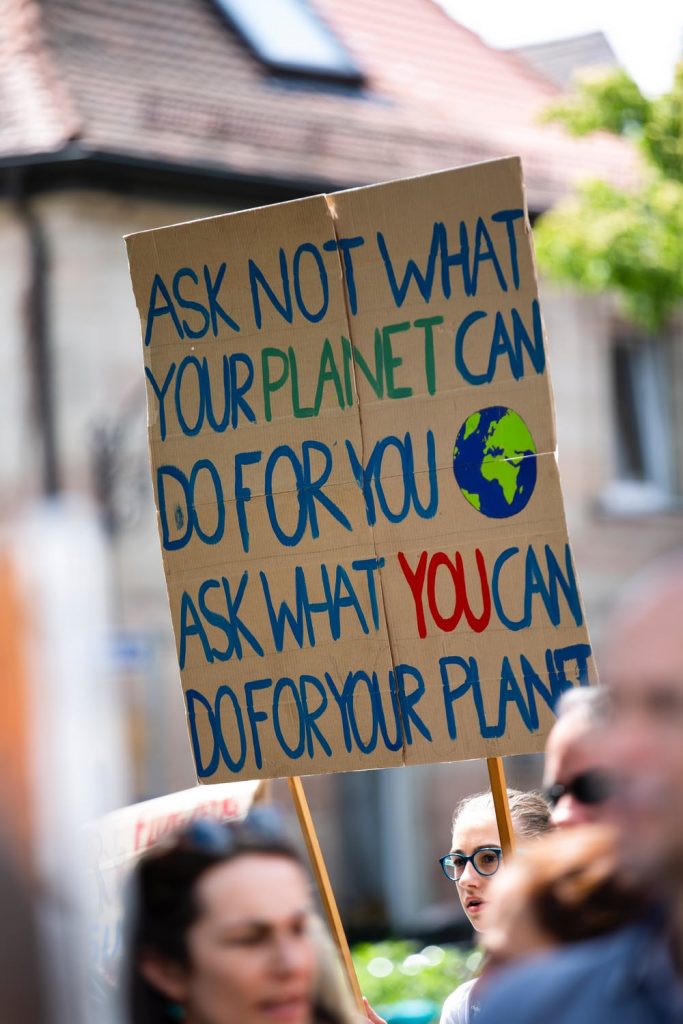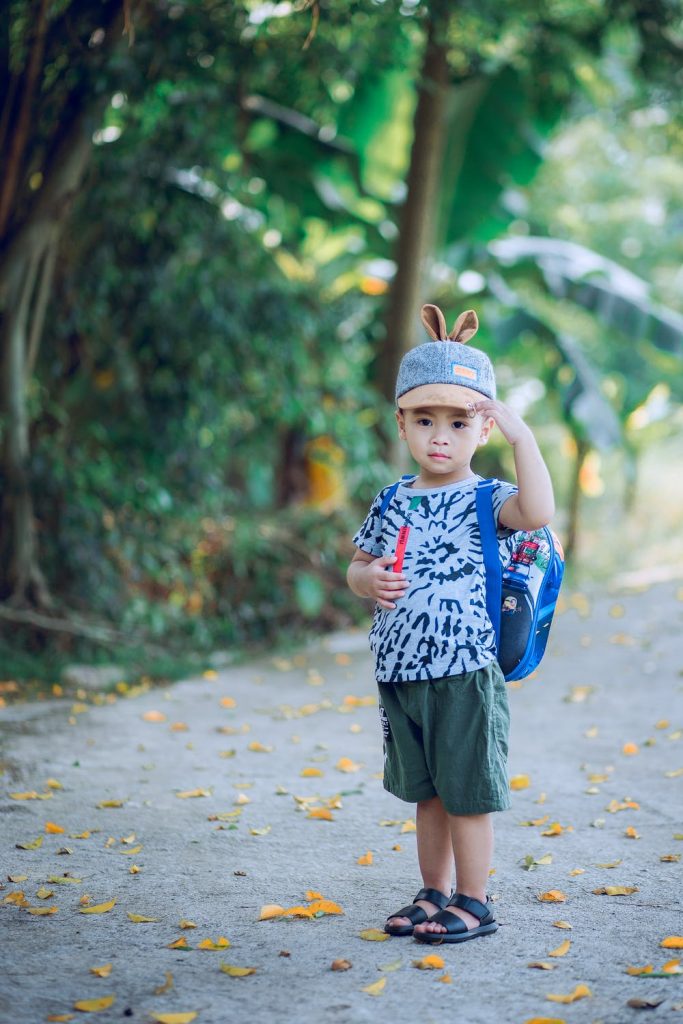
Climate change seems undeniable to many of us. We are living in an era where heatwave temperatures are higher than ever before, the midwest has been flooded for the past six months, more fires are destroying the west, and even winters are more bitter. Yet so many of us avoid the topic altogether.
According to the Nature Conservancy, 7 out of 10 Americans believe climate change is happening and two thirds are reluctant to talk about it. Just the words climate change can bring a conversation to a screeching halt. So how do we talk about it without preaching to the choir or shouting over each other?

The most important thing is to not feel like the conversation needs to be a win-lose situation. That’s a lose-lose way to look at it. It’s not an argument to be won, it’s a way to connect with someone. By taking the competition out of it, it’s easier to begin a dialogue.
Max Boykoff, the director of the Center for Science and Technology Policy Research, told Scientific American that he sticks to simple “rules of the road” when talking climate change.
- Be authentic.
- Be aware.
- Be accurate.
- Be imaginative.
- Be bold.
Be authentic. Be yourself and be honest. People can spot someone being fake from a mile away. If you’re a general positive person, put a positive spin on the situation. If you like puns, throw in a good joke. But don’t try to be what you think the other person wants.
Be aware. Know who you are talking to! You want to make sure understand their point of you and are respectful of where they are coming from.
Be accurate. Have solid foundation of climate literacy. And if you don’t know an answer make sure you know how to point someone in the right direction.
Be imaginative. Suggesting different answers than commonly used helps keeps the conversation from getting stale. Using imagination to find connections between the things someone cares about and climate change can bring the topic closer to home.
Be bold. Don’t be afraid to be a leader in order to empower someone else. Step up to the plate and realize we all have a role to play in helping the planet.
Boykoff also suggests when engaging with someone on the topic, it’s best to simply listen. Too often we go straight into a debate or are trying to convince the other person that we’re right. But if we listen, and try to meet people where they are, the conversation will prove to be more productive.
Meeting people where they are means not talking down to them. Just because someone doesn’t know as much as you, doesn’t give you the right to feel superior. Everyone starts learning about climate change at different points in their lives. The Nature Conservancy suggests that if “someone is worried about hurricanes” start there. Tell them how storms are getting more frequent and more intense because of how the warming oceans are changing weather patterns.
Scientific American also suggests this route. Rather than starting a conversation directly with “let’s talk climate” ask someone to pick their favorite place, a home town or vacation spot, and ask them to picture it in 10, 30, 50, even 100 years from now. Focusing on a specific place with details on how climate might impact it is a good way to get someone engaged without mentioning the words “climate change”.
Other experts say to stick to a story over facts. People tend to tune out when you list degrees and tons of carbon taken from the latest IPCC report. Instead tell a good story full of human interest. Humans tend to be selfish and we love to hear stories about ourselves, so center a person in your story. Follow traditional techniques like having a beginning, a middle, and an end. Most people respond to emotions not evidence. So tell a good (and true) tale and you might just convince someone.

Talking to kids might be even trickier. Stacie Paxton Cobos of The Climate Reality Project suggests that you start by simply getting a kid interested in the environment. Spend time outdoors on a hike or at a park, show them family friendly nature documentaries. Once a kid is curious about the world, it’s easier to talk about the challenges ahead. Start by addressing the things they care about. If they like frogs, talk about how a warming planet is affecting populations of frogs in Central and South America. If they like bugs, talk about how pesticides are harming bees. Keep it simple and relatable. You don’t want to overwhelm them with every problem out there.
Once you’ve laid out the case for how climate change is going to affect a person’s life or their favorite insect, don’t leave them feeling helpless and afraid. Give them hope. Show them climate heroes like Greta Thunberg, she can be a role model for your growing climate activist. If a 16 year old girl can do it, so can your child.
Solutions to climate change can feel confusing and hard to grasp. But there are little things we can all do to stop it from getting worse. Like reducing your flying, taking public transportation instead of driving, switching to a more plant based diet. If everyone does a little, we can change A LOT.
Talking about climate change can feel overwhelming. But it’s import to start the conversation.


